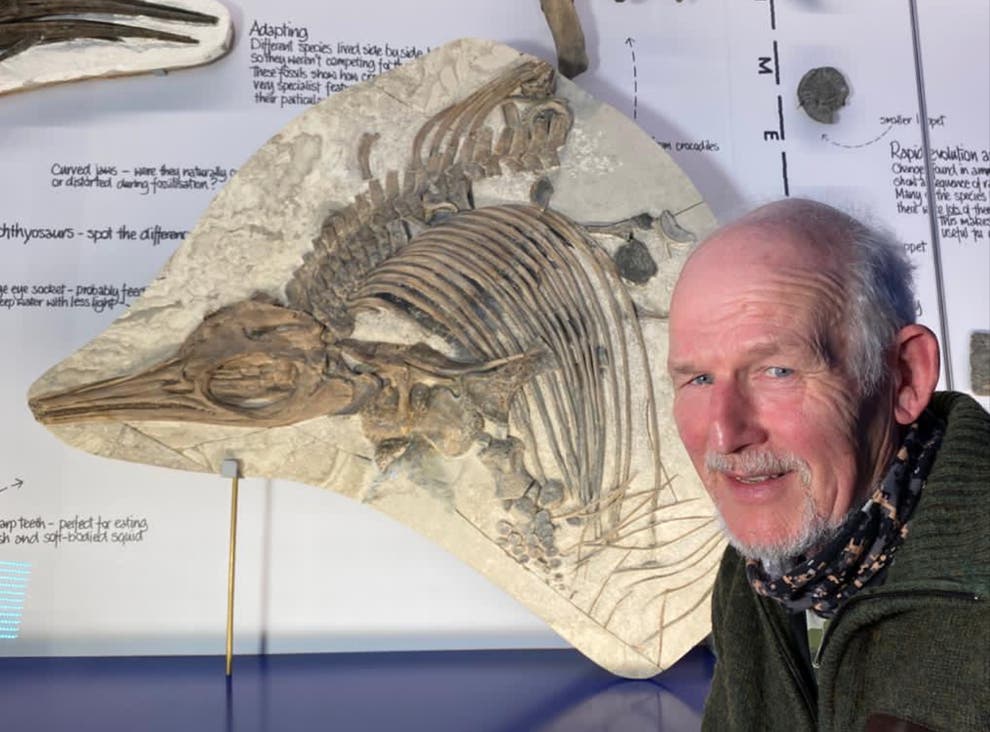The Great Pyramid of Giza has long been a subject of fascination, but its story raises more questions than answers. Conventional history attributes its construction to Pharaoh Khufu around 2500 BCE, using 20,000 workers, copper chisels, and ropes to place over 2.3 million stones in just 20 years. Yet, the pyramid’s features challenge this narrative. Some blocks, weighing up to 80 tons, were quarried hundreds of miles away and lifted over 150 feet into place. The foundation, spanning 13 acres, is leveled to within an inch, a precision modern engineers struggle to replicate. The pyramid is aligned to true north with an accuracy of 0.05°, achievable today only with satellite technology. Additionally, an unexplored chamber, the size of an airplane hangar, remains hidden within.
Graham Hancock, over three decades, investigated these anomalies, uncovering evidence that challenges mainstream history. The absence of Khufu’s name within the pyramid is striking. Unlike other pharaohs who adorned their tombs with hieroglyphs and treasures, the Great Pyramid’s chambers are bare, and the granite box in the King’s Chamber shows no evidence of ever holding a body. The only link to Khufu comes from red-painted marks found in 1837 by Colonel Howard Vyse in a hidden chamber, but their authenticity is questionable due to Vyse’s inconsistent notes and the pressure he faced to make a discovery. If these marks were forged, the connection to Khufu vanishes.
The pyramid’s precision further deepens the mystery. Its base is leveled with near-perfect accuracy, and many blocks are cut so precisely that a razor blade cannot fit between them. Copper tools, too soft to cut granite, could not have achieved this, as experiments have shown. Moving 80-ton blocks from Aswan, 500 miles away, would be a monumental task even with modern cranes. To meet the 20-year timeline, workers would have needed to place a block every 2.5 minutes, nonstop, for two decades—an implausible feat with ancient tools. The ramp theory, suggesting massive ramps were used to haul stones, lacks evidence, as no remnants of such structures exist.
Inside, the pyramid’s design is equally enigmatic. The Grand Gallery’s unique architecture and the King’s Chamber’s relieving chambers, stacked with 50-ton granite beams, suggest engineering far beyond a simple tomb. The pyramid’s dimensions encode mathematical constants like pi and reflect astronomical alignments, such as the solar year and Earth’s curvature. Hancock argues it was not a tomb but a message in stone, designed to preserve knowledge across time.
Later Egyptian pyramids, inferior in quality and often crumbling, suggest a decline rather than progress in construction techniques. This raises the possibility that the Great Pyramid was inherited, not built, by the Egyptians. Geological evidence supports this. The Great Sphinx, part of the Giza complex, shows erosion from heavy rainfall, unseen in Egypt for over 10,000 years, dating it to around 10,500 BCE. The pyramids’ alignment with Orion’s Belt also matches the sky in 10,500 BCE, not 2500 BCE, suggesting an ancient origin.
Hancock proposes the pyramid was built by survivors of a lost civilization, possibly destroyed during the Younger Dryas cataclysm around 12,800 years ago, when a comet impact triggered global floods and chaos. Similar architectural patterns—pyramids in Mexico, temples in Cambodia, megaliths in Turkey—suggest a shared knowledge across ancient cultures. Hancock calls these “fingerprints of the gods,” evidence of a forgotten civilization.
Unexplored discoveries, like a stone door found in a shaft in 1993 and a massive void detected in 2017, hint at more secrets. Hancock suggests these are suppressed to avoid rewriting history. He views the Great Pyramid not as a tomb but as a time capsule, meant to endure disasters and preserve knowledge. If true, it challenges our understanding of human history, suggesting we are a “species with amnesia.” The question remains: Was the Great Pyramid built by Khufu, or is it the legacy of a lost civilization?























